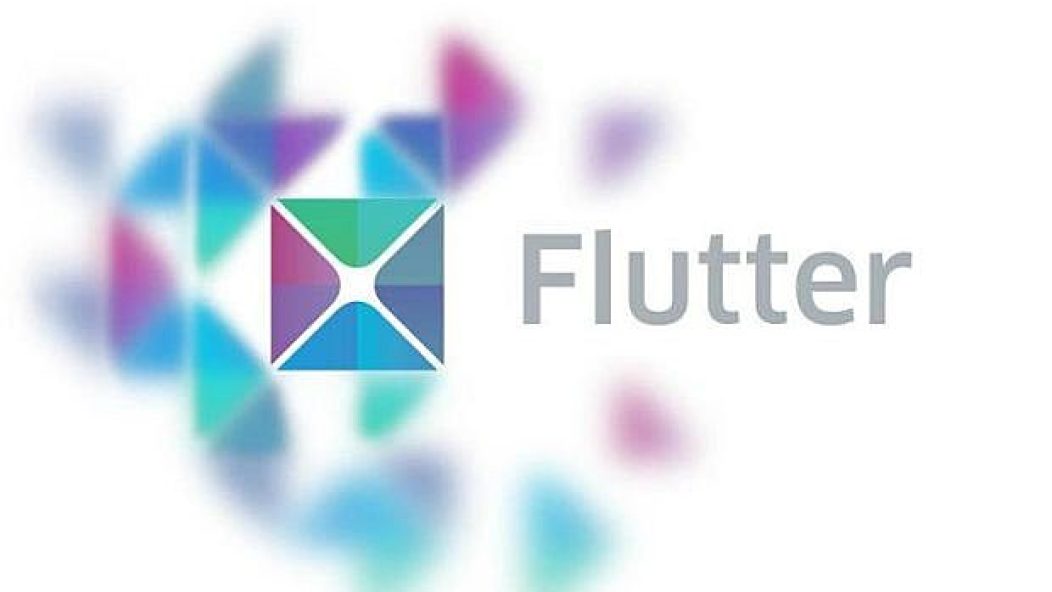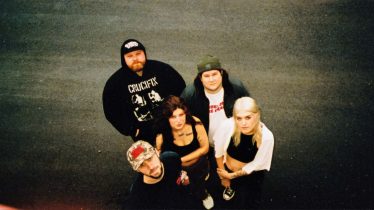
New app allows user to control music on iTunes and Spotify with hand waves
A brand new app for Mac computers called Flutter allows users to control music from iTunes and Spotify with the wave of their hand. The wave is picked up by the computer's buit-in webcam and pauses and plays music. Via The Huffington Post:
“Gesture technology is such an exciting field of computing because no one is quite sure what the next generation of operating system is going to look like. There are so many different, innovative ideas out there: You might be familiar, for example, with all of the many different prototypes of touch-less computers that Microsoft's experimental Research Labs have shown off in short videos on YouTube; many of those use technology from the Xbox Kinect, which allows users to control the screen using movements and gestures. We've previously covered a company called MicroVision, which can turn any computer or smartphone projection into a surface that can be manipulated without touch, as well as Tobii, which unveiled a version of Windows 8 that you can control using your eyeballs as the mouse. Companies like Samsung showed off gesture-controlled televisions at the Consumer Electronics Show this year and have made these TVs available for sale now; PC or laptop gesture-control, meanwhile, remains a relatively untapped, liquid market.”
A separate report at Wired notes the app's functionality, comparing it to xBox 360 Kinect:
“Right now, there aren’t many uses, but the first ones, working with Spotify and iTunes, are nifty proofs of concept. By holding up your hand, palm forward, between one and six feet from the webcam, you can pause or play a song. (It actually recognizes the shape of a hand — putting a paper in front of the screen doesn’t trick it.) You can also do the the same with iTunes video playback — YouTube and Netflix are next. Next comes recognition of a swipe gesture to skip songs — and also to advance slides in PowerPoint. Your next preso won’t need a remote! (But if you swat a fly, everything goes to hell.)
According to Flutter’s co-founder Mehul Nariyawala, though, the sky’s the limit for the variety of hand motions Flutter recognizes and the number of applications that will support it. He says that in comparison to Kinect, which measures big movements that commonly involve vigorous activity with arms and legs, Flutter detects gestures. You won’t use it to lose weight, but you can eventually use it to replace the old model of navigation. (Talk about building a better mousetrap!) Eventually, the system might be able to pick up on subtle things like facial expression.”
Have you tried Flutter yet? If you haven't, would you use it? Let us know in the comments.









